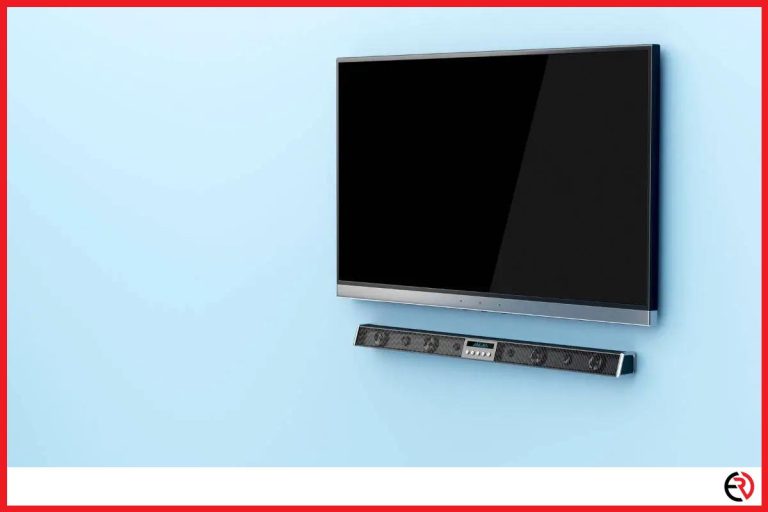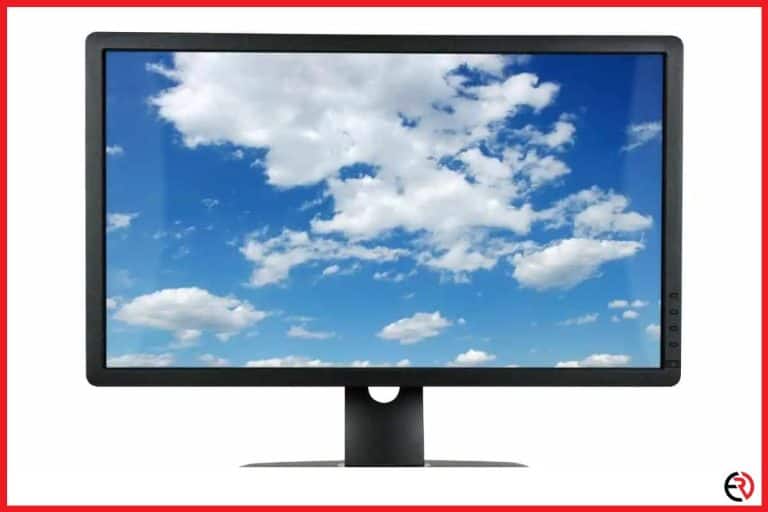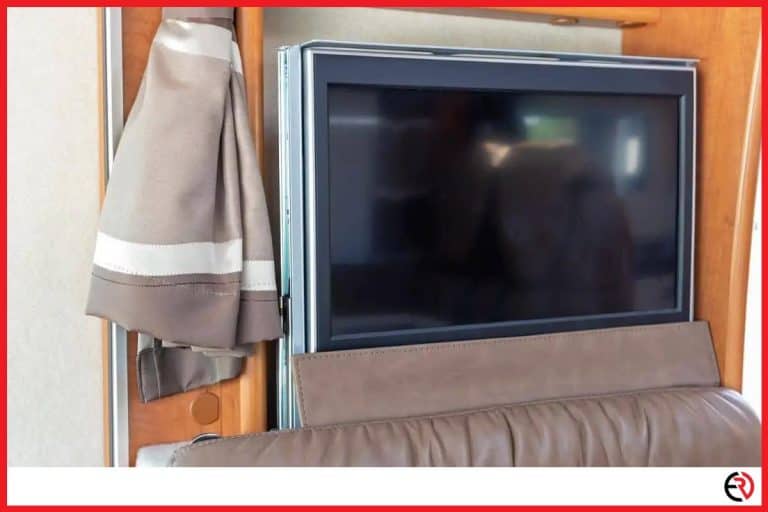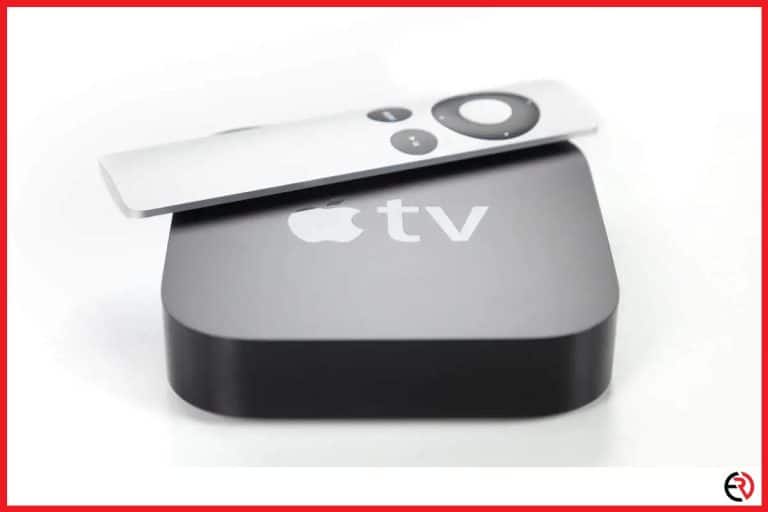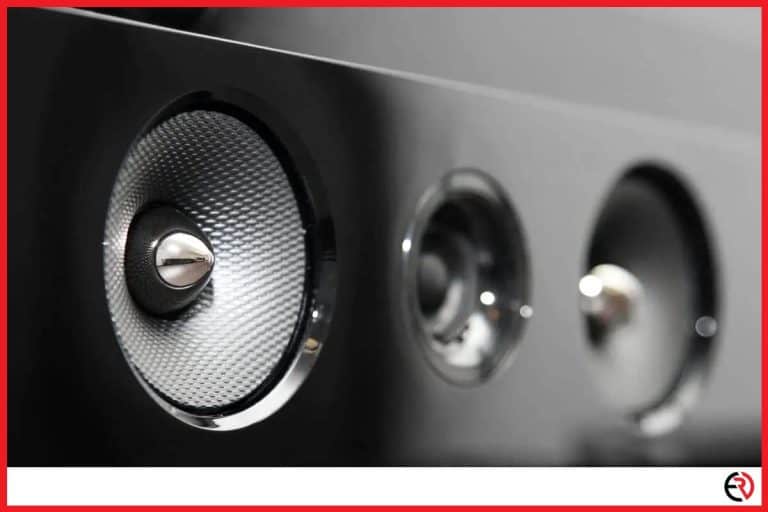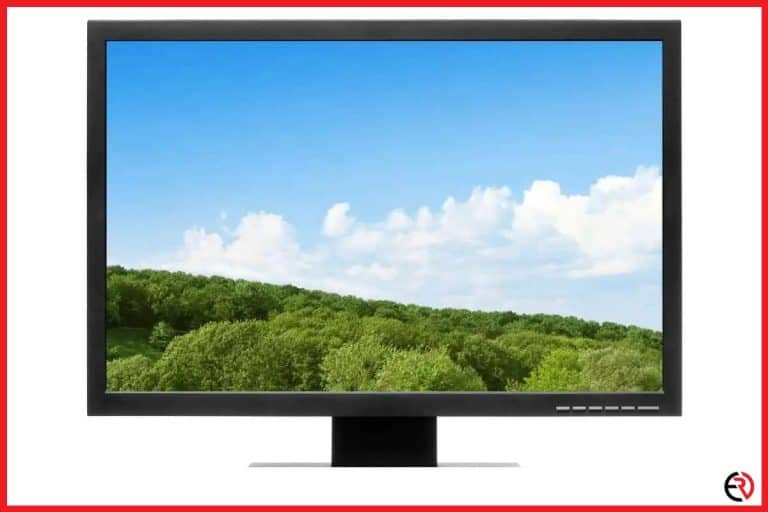Can Apple TV Overheat? (And How to Prevent It)
This post may contain affiliate links which means that, if you choose to make a purchase, I may earn a small commission at no extra cost to you.
Apple TV overheating is a common occurrence, and it can happen overnight without any apparent reason, especially during long viewing sessions. It usually begins with menu lag, which increases the fan speed, and finally ends in a total screen freeze. However, fret not because I have a few solutions to tackle the issue that you will surely find useful.
The best solution is to thoroughly clean the Apple TV. Take a bottle of canned air to the rear and all openings and clean every crevice. Also, avoid placing it too close to the wall or in a confined space. Leave enough breathing room on all sides for a healthy amount of airflow.
Over time I have not only encountered different kinds of overheating issues and have listed all those problems alongside their solution in this article. So without further ado, let’s begin.
How not to panic and face overheating issues like an expert?
Most devices have temperature management systems inbuilt in case of overheating. If you get overheating notifications, it’s best to shut down the box and wait for it to cool down before using it again.
Apple TVs are smart devices and have safety protocols programmed in them and I understood that panicking would do me no good. I was doing a movie marathon during the lockdown and after fourteen hours of constant streaming, the Apple TV started showing signs of fatigue.
The menu lagged and I could feel the heat emanating from the device. Twenty minutes later I received a warning on the screen saying the Apple TV was overheating and needed to be switched off. I complied with the request and switched it off for about an hour before starting it back again and the problem was resolved.
So I usually give my Apple TV some rest every once in a while to prevent overheating issues. If it’s on for 5-6 hours, I usually switch it off for an hour or so before tuning in again.
Can natural factors cause Apple TV to overheat?
Natural factors can also cause overheating. The Apple TV is likely to overheat if it’s placed in a hot and humid area of the home. Keep it in a room with good ventilation or with an air conditioner at the least. It’s also recommended that the Apple TV be used in environments not exceeding 35℃.
Besides the room, I am also wary of what items I place near the smart box since I have seen that placing near objects that emit heat hastens the overheating process. I had my console right next to my Apple TV and for some reason, it kept overheating while I was gaming. The problem was resolved when I started to place it on the floor instead.
However, the problems are resolved if you are in an air-conditioned room, but otherwise, it’s advisable to keep heat sources away from your Apple TV.
Does playing video games cause Apple TV to overheat?
Usually playing video games does not heat up the Apple TV thanks to the optimization provided by the new age processors. However, if overheating does happen and does not subside when switched off, contact AppleCare for further assistance.
Apple’s game subscription service, Apple Arcade has quite an assortment of games, and playing them seemed to overheat the Apple TV quite a bit. I never figured out why this was the case. The new 4K Apple TV comes with an A12 Bionic Processor and 32/64 GB of storage which should greatly reduce the overheating issues in theory, but I have not tried it yet.
I use the older generation Apple TV which runs the 10X Fusion chip with 64-bit architecture and 32 GB of storage. I have been using it for the past few years and it’s undoubtedly one of the best streaming devices out there. The picture quality is quite nice and the 4K HDR looks amazing, provided that you have a good enough television set to support all of the colors.
However, playing games on Apple Arcade heats up the device significantly and I advise you to do it less often. Maybe if you have kids at home, you can let them play for an hour or two, but anything north of 4-5 hours can potentially cause the box to overheat.
Why is the Apple TV making strange noises?
The Apple TV makes noises mainly due to processor defects. The device is not supposed to emit such noise, but there is possibly something wrong with the processor or a similar component. The noise can also be caused by the overworking fan trying to keep the device cool.
One of my friends faced this issue one night. There was no warning whatsoever, and out of the blue, he could hear a faint crackling noise coming off his Apple TV. He missed the noise at first, thanks to his JBL Speakers. The surround system on the home theater is off the charts and while switching them off, he noticed small crackling noises coming off the Apple TV.
The noise dissipated after he restarted the device, but kept recurring after a while. Finally, he contacted Apple services, and they told him that it was a manufacturing defect. Fortunately, it was still under warranty and they replaced it.
Besides manufacturing defects, the internal fan can also cause a stir. In case the Apple TV is overheating, the fan has to work harder to keep the device cooler, causing a ruckus within the device. The best way to deal with this issue is to take a can of compressed air or a blower and clean the device as thoroughly as possible. I highly suggest you do not try opening it yourself as it might void the warranty. Even if the warranty has expired, I usually take my Apple products to a technician to have them fixed instead of tinkering around myself.
FAQ
Will Apple TV explode if it overheats?
Apple TV has a failsafe installed in them that automatically shuts itself down in case it overheats. It’s to prevent the internal components from damaging themselves. So there is no risk of the device actually exploding.
Conclusion
According to my experience, the Apple TV overheating issue is easily fixable. Just give it a few hours of rest and the issue will resolve itself. If the problem persists, then it’s best to contact support rather than try to fix it yourself. I hope you found this information useful. Stay tuned for more tech tips in the future.


